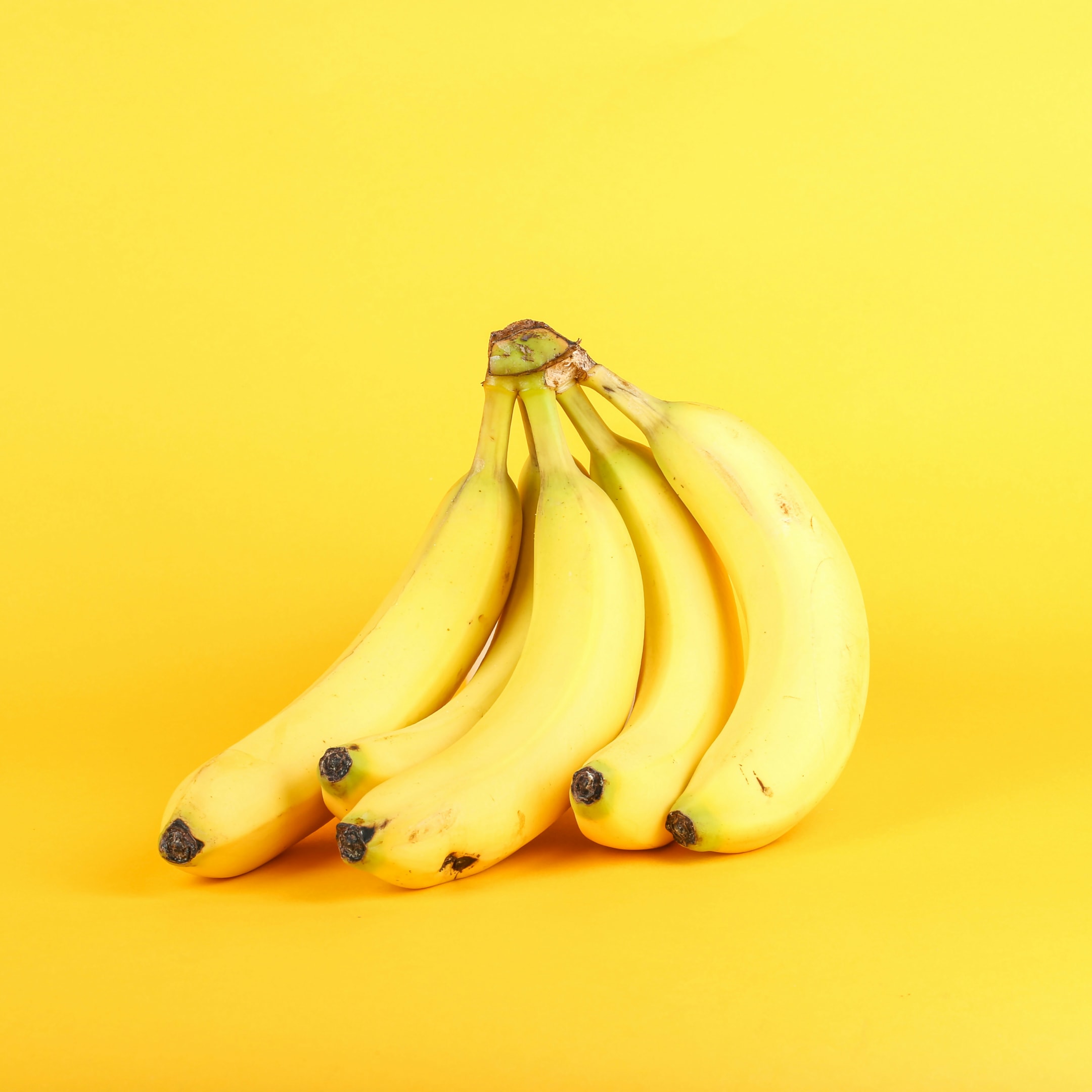Worried about what you can eat while eating with braces? This guide covers all you need to know. From safe food choices to tips on avoiding discomfort, we’ll help you navigate your meals without damaging your braces.
Key Takeaways
- Wearing braces requires dietary adjustments to protect the appliances, reduce discomfort, and prevent oral health issues.
- Ideal foods for braces include soft fruits, dairy products, cooked vegetables, grains, and lean proteins, which help maintain comfort and nutrition.
- Avoid sticky, hard, and tough foods to prevent damage to braces and ensure a smoother orthodontic treatment experience.
Why Dietary Changes Are Crucial When Wearing Braces
Wearing traditional braces means adjusting your diet to protect your orthodontic devices and ensure they work effectively. Certain foods can damage or dislodge braces, making treatment less effective and prolonging the time you need to wear them. Modifying your diet can help reduce discomfort after adjustments and prevent tooth decay and gum disease.
Selecting braces-friendly foods helps maintain oral health and comfort throughout your orthodontic treatment while getting braces.
Protecting Braces from Damage
One of the most important reasons to change your diet when wearing braces is to protect them from damage. Sticky or hard foods can compromise the integrity of your braces, potentially loosening brackets or bending wires. Avoiding crunchy snacks, hard candies, and sticky treats ensures your braces remain intact and effective.
This makes your orthodontic treatment smoother and prevents unnecessary trips to the orthodontist for repairs.
Reducing Discomfort After Adjustments
Adjusting to new braces or after an adjustment appointment can often lead to sore teeth and gums. Soft foods like yogurt can significantly reduce discomfort during these times. Foods and beverages at room temperature are particularly soothing as they don’t aggravate tooth sensitivity.
Embracing a typical diet of softer and softer foods will help you navigate the initial days, with a few adjustments and minimal pain and discomfort.
Preventing Tooth Decay and Gum Disease
Sticky foods threaten your braces and overall oral health. Foods that stick to your teeth will increase the risk of plaque building up, leading to tooth decay, gum disease, and sugary foods.
Regularly rinsing your mouth after meals and using an interdental brush can help you clean around the brackets and wires. You can maintain excellent overall dental health throughout your orthodontic treatment by being mindful of your diet and cleaning habits.
Ideal Foods to Eat with Braces

Choosing the right foods while wearing braces is essential for maintaining oral health and comfort during treatment. Soft foods are vital as they make chewing easier and are less likely to damage your braces.
In the following subsections, we’ll explore various categories of braces-friendly foods, including soft fruits, dairy products, cooked vegetables, grains and soft breads, and lean proteins. These foods will help you enjoy your meals without compromising your orthodontic treatment.
Soft Fruits
Soft fruits are an excellent choice for individuals with braces. Fruits like bananas, grapes, melons, strawberries, avocados, peaches, and ripe pears are easy to chew and packed with essential vitamins and minerals. Including these fruits can enhance comfort and ease while eating, making them an ideal choice for those with braces.
They add natural sweetness to your meals, making them nutritious and delicious.
Dairy Products
Dairy products, particularly yogurt and soft cheeses, are perfect for those with braces. Yogurt is high in protein, contains healthy bacteria, reduces inflammation, and helps prevent cavities. Soft cheeses such as cottage cheese, brie, camembert, feta, and ricotta are also great options.
These foods are easy to eat and provide the body with much-needed nutrients that support overall health during orthodontic treatment.
Cooked Vegetables
Cooked vegetables are an essential part of a braces-friendly diet. Steamed broccoli, soft vegetables, cooked carrots, green beans, and peas are excellent choices as they are easy to chew and packed with essential vitamins and minerals.
Including various cooked vegetables in your meals ensures you get the nutrients you need while maintaining oral hygiene.
Grains and Soft Breads
Grains and soft breads are versatile and braces-friendly options. Soft tortillas can be used for wraps, while couscous and cooked grains like quinoa are great, safe, nutritious alternatives.
Incorporating these grains and soft breads into your diet ensures a variety of enjoyable meal options while protecting your braces.
Lean Proteins
Lean proteins are essential for maintaining a balanced diet while wearing braces. Soft proteins like eggs and tofu are easy to chew and digest, making them ideal for bracing individuals. Chicken and fish are also excellent choices, providing the necessary nutrients without causing discomfort.
Incorporating these proteins into your diet supports your nutritional needs and ensures comfort while eating with braces.
Foods to Steer Clear Of with Braces

Hard or sticky foods can stain braces and compromise their integrity, leading to longer treatment times. The following subsections will explore specific categories to avoid, including sticky and chewy foods, hard and crunchy foods, and tough meats. Avoiding these items ensures a smoother orthodontic journey and helps prevent the accumulation of food particles.
Sticky or Chewy Foods
Sticky and chewy foods are a big no when it comes to braces. Gummy bears, sticky candy, bagels, and licorice can loosen or break braces, making orthodontic treatment less effective.
It’s advisable to avoid these foods as much as possible to prevent harm to your braces.
Hard and Crunchy Foods
Hard and crunchy foods pose a significant risk to braces. Items like hard pretzels, hard candies, and crunchy snacks, such as chips, can break or loosen your braces, leading to potential damage and increased treatment time.
Avoiding these foods is essential to protect your braces and ensure a successful orthodontic journey.
Tough Meats
Tough meats, including beef jerky and other tough cuts, should be avoided when wearing braces. These meats can put excessive pressure on your braces, potentially causing damage. Avoiding tough meats prevents unnecessary stress on your braces and ensures a smoother treatment process.
Tips for Eating Comfortably with Braces
Eating with braces doesn’t have to be painful or uncomfortable. Following expert-approved tips lets you enjoy your meals without worrying about damaging your braces.
In the following subsections, we’ll explore practical tips for cutting food into bite-sized pieces, chewing with back teeth, and maintaining good oral hygiene. These tips will help your orthodontic journey with ease and comfort.
Cutting Food into Bite-Sized Pieces
Cutting food into smaller, bite-sized pieces is essential for making it easier to chew when you have braces. Slicing food into smaller pieces allows for more manageable bites, reducing the effort needed to chew and minimizing discomfort with chewy cuts.
This practice also helps prevent food from getting stuck in your braces, ensuring a smoother eating experience.
Chewing with Back Teeth
Utilizing your back teeth for chewing can help prevent your braces from damage and minimize discomfort in your front teeth. Chewing with molars distributes pressure evenly, reducing the likelihood of pain and protecting the front brackets from damage.
This simple adjustment can significantly affect your comfort while eating with braces.
Maintaining Good Oral Hygiene
Maintaining good oral hygiene is crucial when wearing braces to ensure effective treatment and prevent dental issues. Regular brushing with a gentle toothbrush and flossing your teeth are essential to remove food debris effectively and to avoid plaque buildup around your braces.
Keeping your mouth clean helps avoid tooth decay and gum disease, ensuring a beautiful smile at the end of your orthodontic treatment.
Managing Tooth Sensitivity
Tooth sensitivity is common when getting braces or after an adjustment appointment. Sensitivity may arise from the repositioning of teeth during orthodontic adjustments and often lasts a short time.
The following subsections discuss managing tooth sensitivity by choosing softer foods, avoiding extreme temperatures, and using orthodontic wax. These tips will help ease discomfort and make the orthodontic journey more bearable.
Choosing Softer Foods
Opting for softer foods can minimize discomfort associated with tooth sensitivity and make eating more manageable. Soft foods like yogurt, mashed potatoes, and perfectly cooked vegetables help reduce pressure on sensitive teeth and braces.
These softer options ensure that meals remain enjoyable while minimizing discomfort.
Avoiding Extreme Temperatures
Extreme temperatures from hot or cold foods can exacerbate tooth sensitivity, especially following recent adjustments to braces. Consuming foods or beverages that are excessively hot or cold can increase tooth sensitivity, particularly in the early stages of wearing braces.
Steering clear of extreme temperatures can help manage discomfort and protect your braces from extra pressure and stress.
Using Orthodontic Wax
Applying orthodontic wax can help alleviate soreness caused by braces irritating the soft tissues in your mouth. Orthodontic wax is a helpful product designed to comfort those wearing braces.
Applying it directly to the brackets or wires irritates, significantly reduces discomfort, and enhances the orthodontic journey. You may also need to dislodge brackets to address any persistent issues.
Summary
Adjusting your diet while wearing braces is crucial for protecting your orthodontic appliances, reducing discomfort, and maintaining oral health. Choosing good braces-friendly foods and avoiding those that can cause damage can ensure a smoother and more comfortable orthodontic journey. Remember to follow the tips to make eating with braces a more pleasant experience. Embrace these dietary changes and look forward to the beautiful smile.
Frequently Asked Questions
What foods should I avoid with braces?
Avoid sticky foods like gummy bears and caramel, hard candies, crunchy snacks, and tough meats like beef jerky to keep your braces safe. They’re just asking for trouble!
What are some braces-friendly breakfast options?
Soft foods like oatmeal, yogurt, scrambled eggs, and smoothies are braces-friendly breakfast options. These options will keep your teeth comfortable while still being delicious!
How can I reduce discomfort after getting my braces adjusted?
Stick to soft foods like yogurt or oatmeal to ease discomfort after your braces adjustment. Eating at room temperature can also help.
How do I maintain my oral hygiene with braces?
Maintaining good oral hygiene with braces includes brushing and flossing daily and using an interdental brush to clean around the brackets and wires. Rinsing your mouth after meals also helps prevent plaque buildup.
What can I do to manage tooth sensitivity from braces?
Managing tooth sensitivity from braces is all about making a few wise choices. Stick to softer foods, dodge extreme temperatures, and don’t forget to use orthodontic wax for extra comfort!
